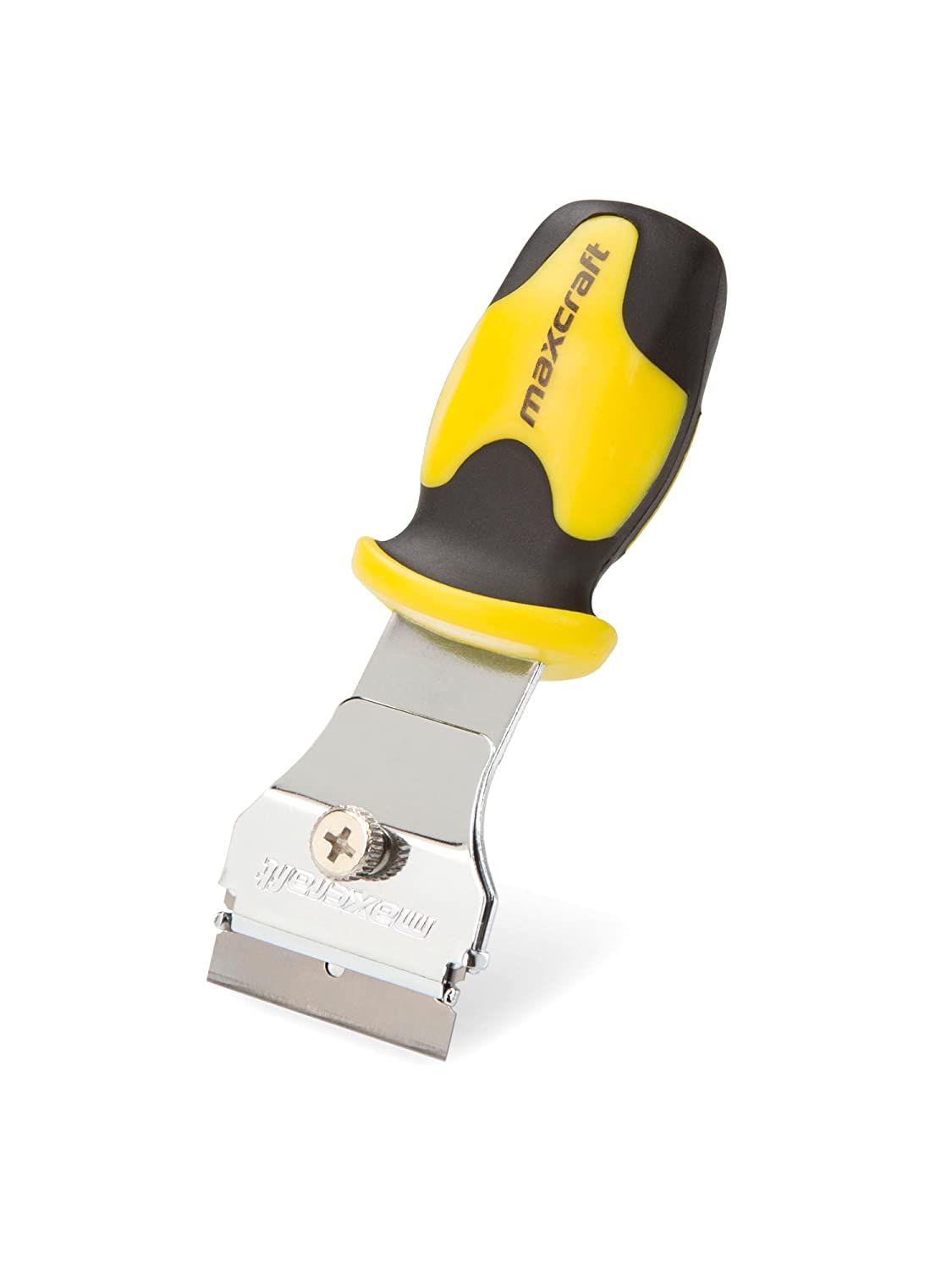Does anyone have experience using a 2000ml Erlenmeyer flask directly on an electric stove to boil DME? I'm talking about the smooth surface electric stoves, with the heat tempered glass-ceramic surface.
I've been using a pot because I'm paranoid that I'll break my flask!
I've been using a pot because I'm paranoid that I'll break my flask!








